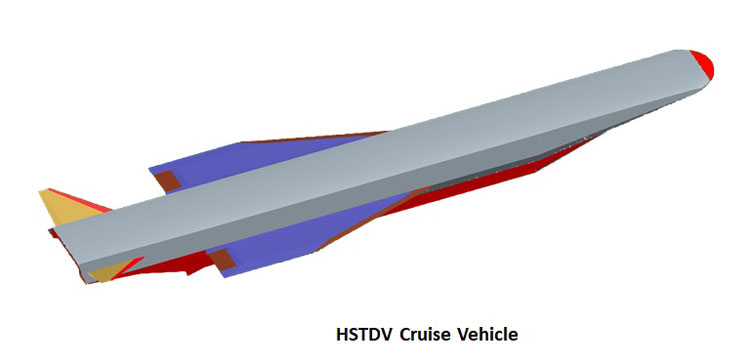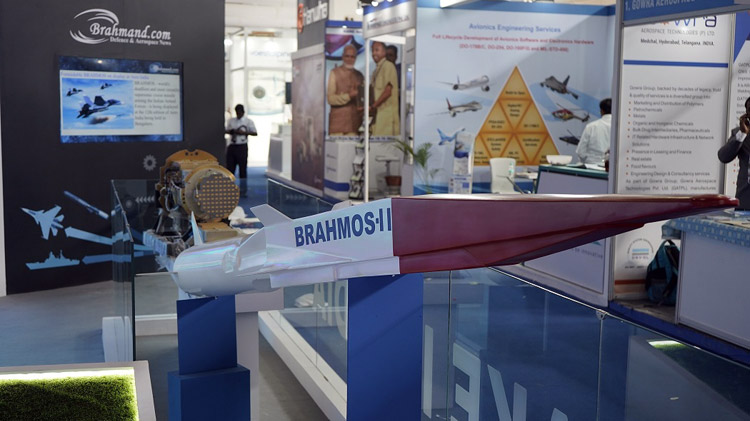INDIAN ARMED FORCES CHIEFS ON OUR RELENTLESS AND FOCUSED PUBLISHING EFFORTS

The insightful articles, inspiring narrations and analytical perspectives presented by the Editorial Team, establish an alluring connect with the reader. My compliments and best wishes to SP Guide Publications.

"Over the past 60 years, the growth of SP Guide Publications has mirrored the rising stature of Indian Navy. Its well-researched and informative magazines on Defence and Aerospace sector have served to shape an educated opinion of our military personnel, policy makers and the public alike. I wish SP's Publication team continued success, fair winds and following seas in all future endeavour!"

Since, its inception in 1964, SP Guide Publications has consistently demonstrated commitment to high-quality journalism in the aerospace and defence sectors, earning a well-deserved reputation as Asia's largest media house in this domain. I wish SP Guide Publications continued success in its pursuit of excellence.
- MoD initiates comprehensive review of Defence Acquisition Procedure 2020, pushes for defence reforms
- G7: The Swansong
- Kalinga Connect: South Asia to Polynesia
- Must Credit DRDO for Operation Sindoor, now what is next for defence R&D?
- The layered Air Defence systems that worked superbly, the key element of Operation Sindoor
- Operation Sindoor | Day 2 DGMOs Briefing
- Operation Sindoor: Resolute yet Restrained
Hypersonic Prowess
 |
The Author is Former Director General of Information Systems and A Special Forces Veteran, Indian Army |

Hypersonic technology that makes platforms travel beyond the speed of sound is revolutionising warfare. Hypersonic vehicles propelled by air-breathing propulsion systems, in addition to the scramjet missile currently under development will include higher Mach numbers, long-range missiles; theatre-reach and global-reach aircraft designed to deliver weapons or for reconnaissance missions; and space launch vehicles. Research and development is ongoing globally for “High Hypersonic” technology. NASA defines the high hypersonic technology as any Mach number from 10 to 25 and re-entry speed anything greater than Mach 25.
On September 7, 2020, India successfully flight tested its Hypersonic Technology Demonstrator Vehicle (HSTDV). The flight test was carried out at 11.03 am from Dr APJ Abdul Kalam Launch Complex at Wheeler Island off the coast of Odisha. An earlier attempt at flight testing the HSTDV in June 2019 was not entirely successful after its Agni-I ballistic carrier vehicle, which was to provide altitude boost, didn’t complete the mission. HSTDV is an unmanned scramjet demonstration aircraft for hypersonic speed flight. It is being developed as a carrier vehicle for hypersonic and long-range cruise missiles, and will have multiple civilian applications including the launching of small satellites at low costs. The HSTDV has been built by the Defence Research and Development Organisation (DRDO) under ‘Make in India’ project with Israel reportedly having provided some assistance including wind tunnel testing, as also some critical help in the project by Russia which has carried out considerable research into hypersonic propulsion. Press release by the government said, “The hypersonic cruise vehicle was launched using a proven solid rocket motor, which took it to an altitude of 30 km, where the aerodynamic heat shields were separated at hypersonic Mach number. The cruise vehicle separated from the launch vehicle and the air intake opened as planned. The hypersonic combustion sustained and the cruise vehicle continued on its desired flight path at a velocity of six times the speed of sound i.e., nearly 02 km/second for more than 20 seconds. The critical events like fuel injection and auto ignition of scramjet demonstrated technological maturity. The scramjet engine performed in a text book manner.”

Defence Minister Rajnath Singh tweeted, “DRDO has today successfully flight tested the Hypersonic Technology Demonstrator Vehicle using the indigenously developed scramjet propulsion system. With this success, all critical technologies are now established to progress the next phase”. Hypersonic technology deals with movement at least five times the speed of sound, termed Mach 1. Hypersonic speed is generally accepted to be Mach 5, or 3,836.35 miles per hour in conditions of 20 degrees Celsius at sea level, conditions being important since the speed of sound can vary according to temperature and height. The HSTDV flight tested on September 7 has a speed of Mach 6. Only the US, Russia and China have previously demonstrated hypersonic missile through flight tests. Successful test of the HSTDV is being hailed as India becomes the fourth nation globally to join this elite club of hypersonic technology demonstrators, which is not really India’s first time. India had already joined the hypersonic club when it successfully flight tested the BrahMos-II cruise missile that reportedly has a speed Mach 7. BrahMos is a joint India-Russia project and BrahMos missiles deployed with Indian Military have a range of 290 km. But after India joined the Missile Technology Control Regime (MTCR) in 2016, BrahMos-II was developed with double the range. With the HDTDV, India’s long-range cruise missile program as also space program will get a boost. Hypersonic missiles including sea-based missiles will considerably increase our combat capability against the mounting Chinese threat.

Till now the US had been lagging behind Russia and China in developing hypersonic weapons since America relied on existing weapons and went slow in adapting these technologies. But then Admiral Charles Richard, Commander US Strategic Command said that 2020 will be a turning point in the development and deployment of a new type of weapon. Pentagon announced the planned conduct of more than 40 tests of hypersonic weapons over the next four years. In March, Pentagon announced the successful test of a C-HGB hypersonic missile at a training ground in Hawaii in the Pacific Ocean. Later during a press conference US President Donald Trump talked about development of secret weapon systems and creation of a “super duper rocket” saying, "There are systems that nobody knows about including you”. In a related development in space, China’s state media recently announced safe landing of a reusable spacecraft on September 6 after spending two days in space, which as per Beijing will provide a convenient and inexpensive method of getting to and from space. But the manner in which all details are kept secret indicates its primary use will be for military applications. Very little is known about the spacecraft including even its basic design but there is speculation it is similar to the US X-37B. Latter is a space-plane roughly a quarter the size of America’s Space Shuttle orbiters that were launched from rockets between 1981 and 2011; they could glide back to Earth and land on runways to be repaired and reused. The US Air Force describes the X37-B as an experimental test programme that is being used to demonstrate reusable space technologies. There is speculation that the recent Chinese mission could be linked to the Shenlong (Divine Dragon) space plane project that has been in development for some time. A second Chinese reusable space plane called Tengyun (Cloud Climber) is also being developed. The European Space Agency is working on its own reusable orbital vehicle called Space Rider.
India’s Reusable Launch Vehicles (RLV) project that includes a Space Shuttle-like craft reportedly featuring an air-breathing ramjet engine developed by the Indian Space Research Organisation (ISRO) has been under testing since 2016. ISRO has flight tested the indigenous space shuttle which will likely transport astronauts to space and back in India’s Gaganyaan mission to be launched by 2022. ISRO’s Geosynchronous Satellite Launch Vehicle (GSLV) Mark III rocket will likely be used to launch the craft. With China gone rogue, we need to progress hypersonic, space and other advanced technologies as fast as we can.





